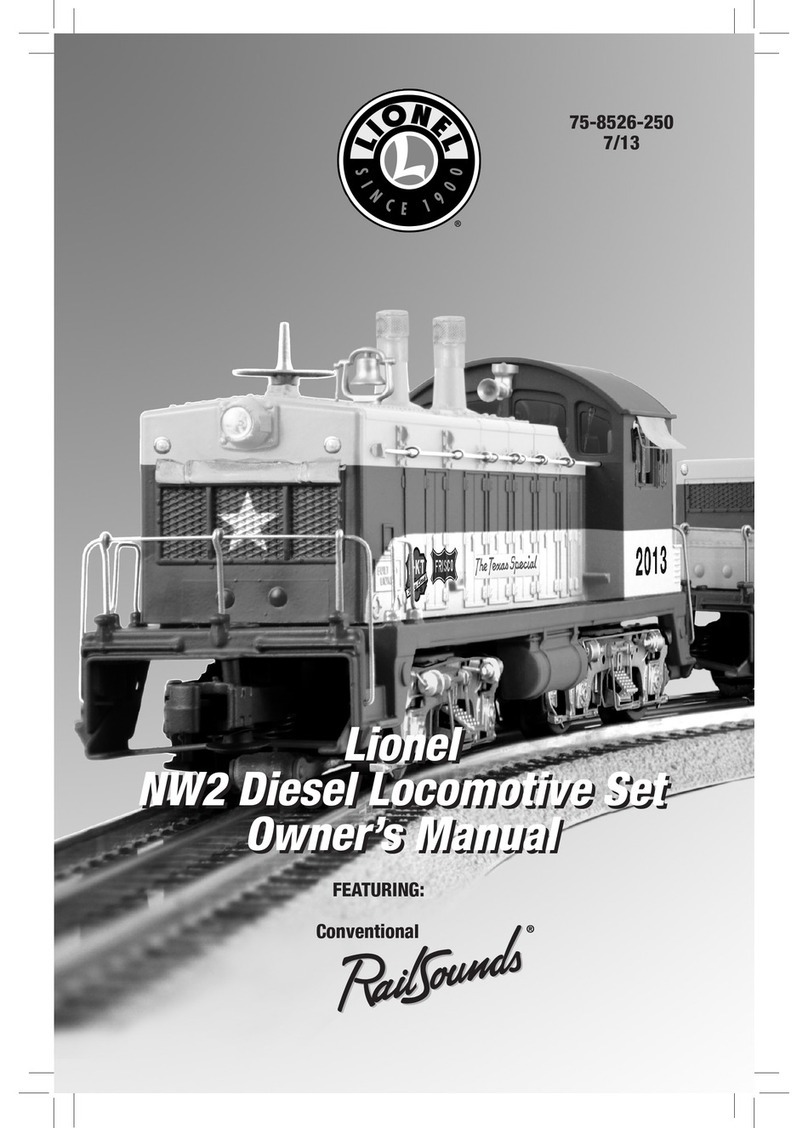Lionel C-420 User manual
Other Lionel Toy manuals
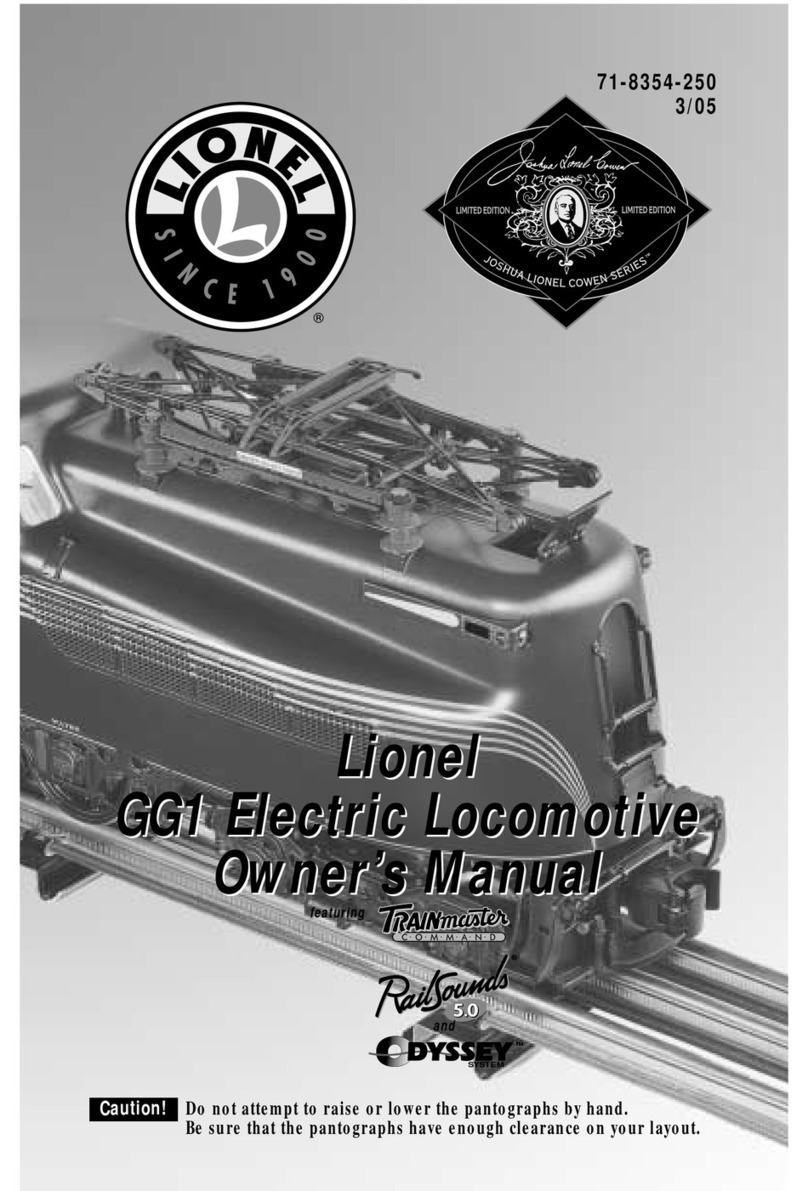
Lionel
Lionel GG1 User manual
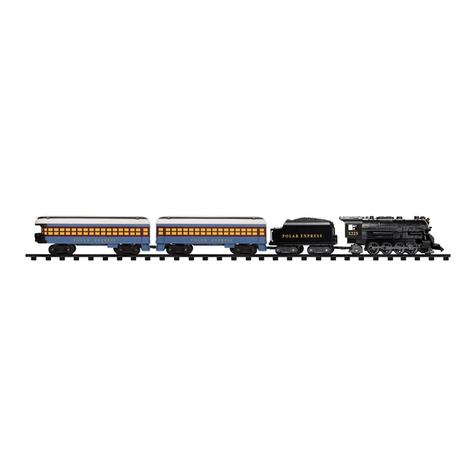
Lionel
Lionel The Polar Express User manual
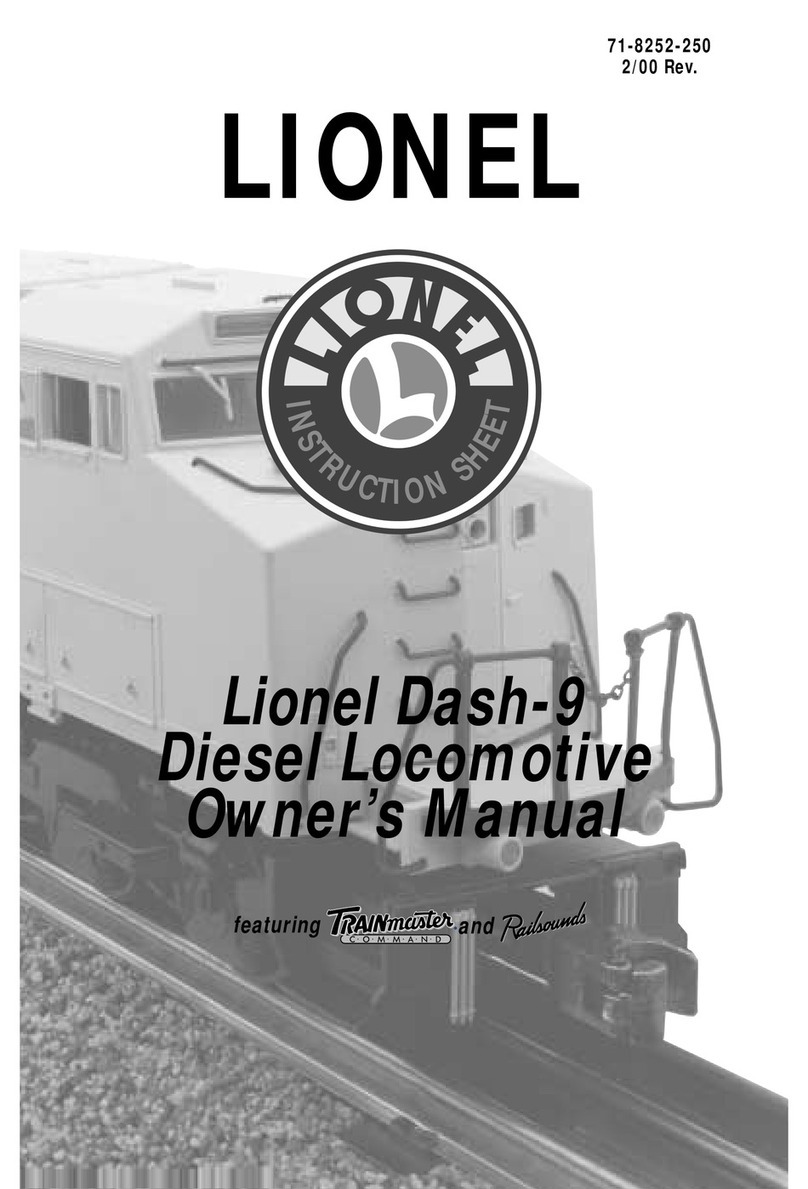
Lionel
Lionel Dash-9 User manual
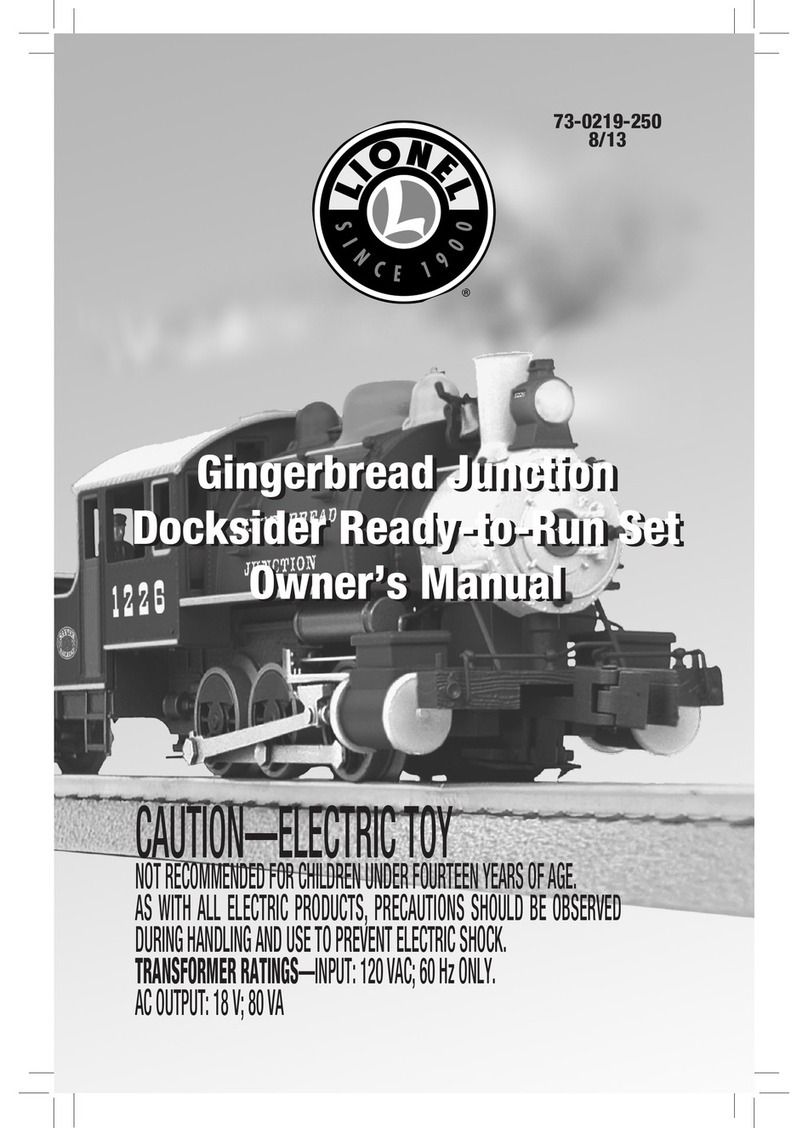
Lionel
Lionel Gingerbread Junction Docksider User manual

Lionel
Lionel 21" Passenger Cars User manual
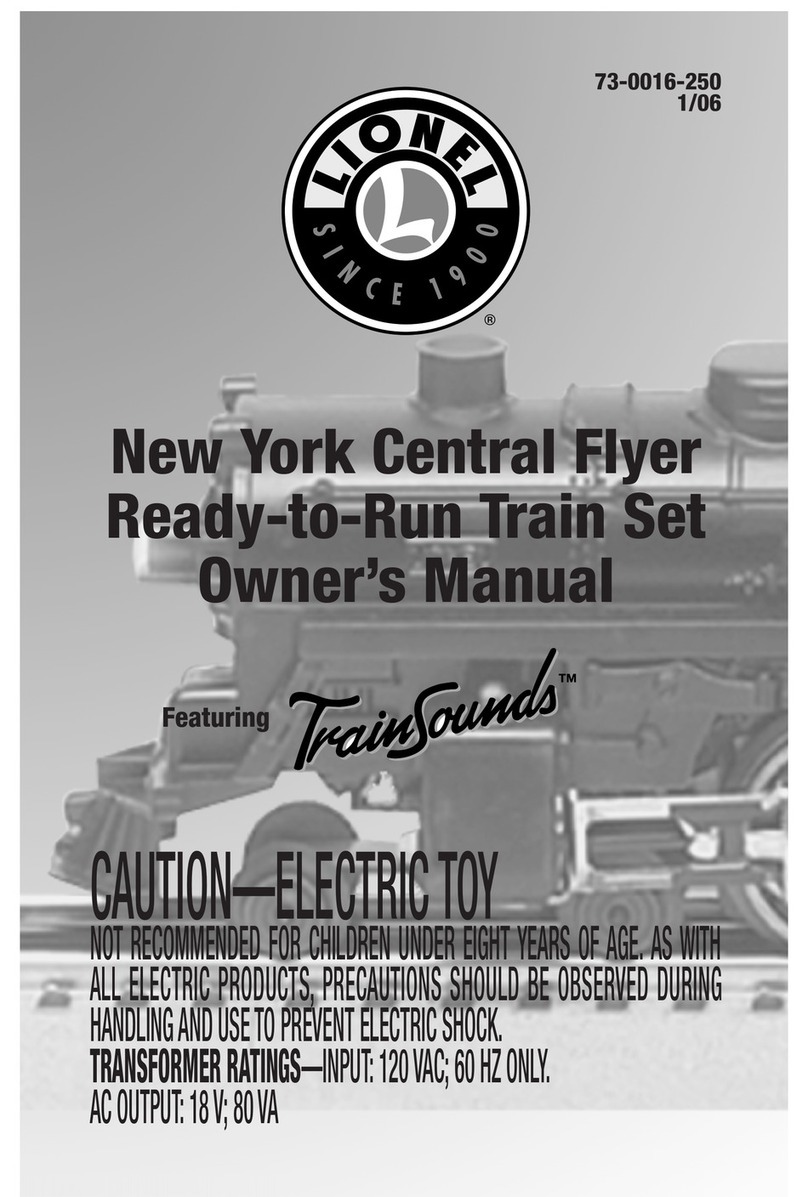
Lionel
Lionel New York Central Flyer User manual

Lionel
Lionel C&NW WINDY CITY GP-38 User manual
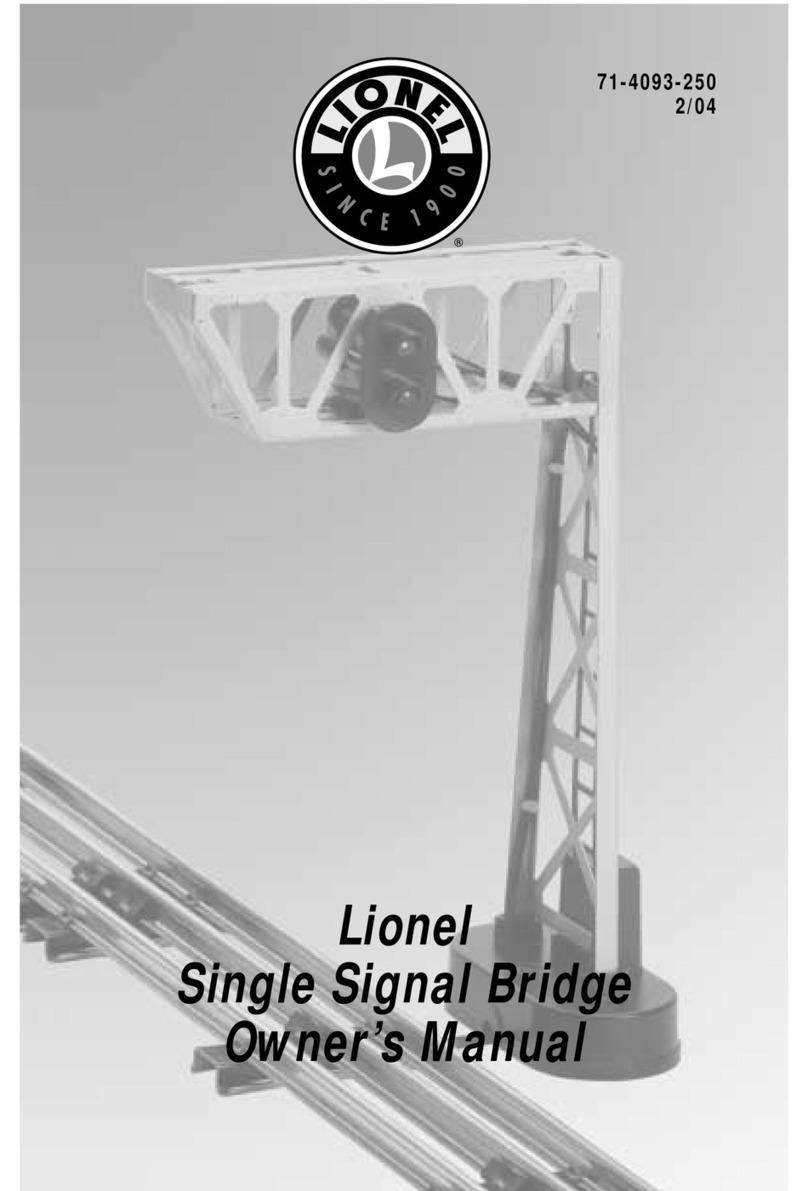
Lionel
Lionel Single Signal Bridge User manual
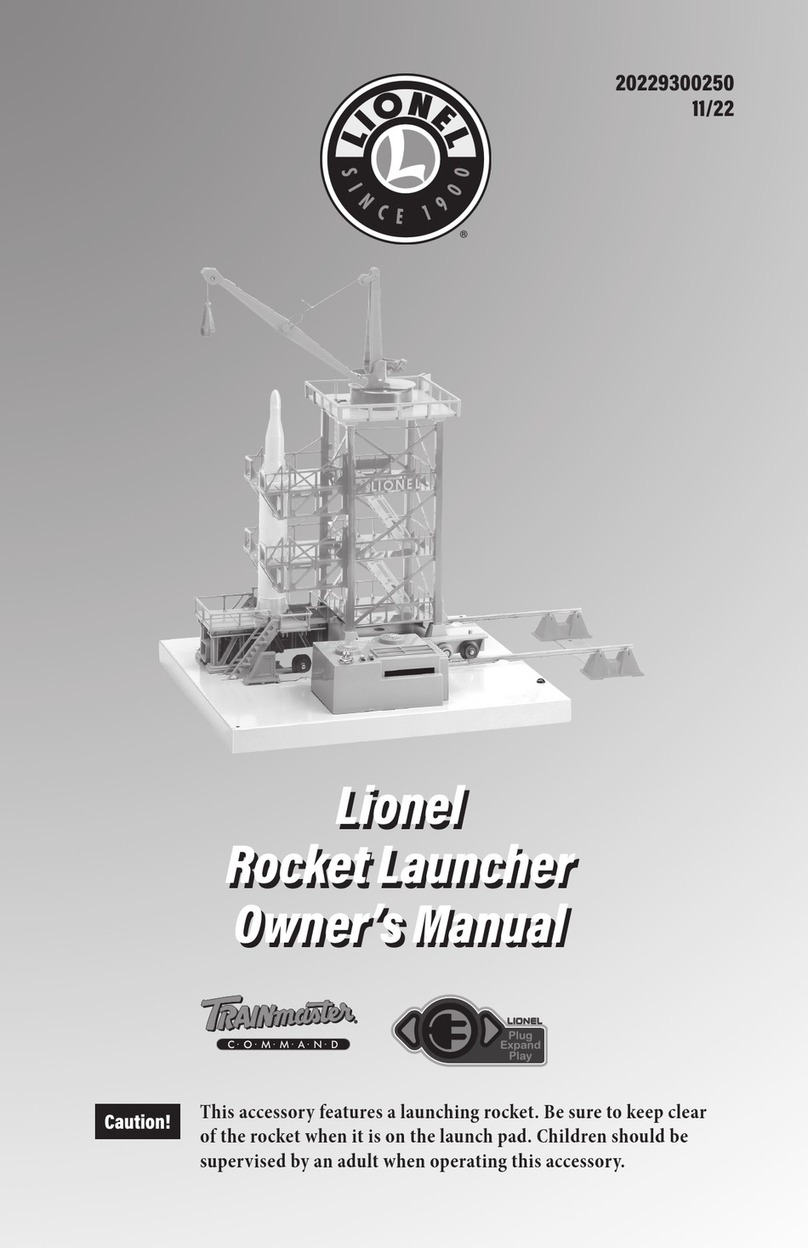
Lionel
Lionel Rocket Launcher User manual

Lionel
Lionel Rectifier electric locomotive User manual

Lionel
Lionel Track Cleaner User manual
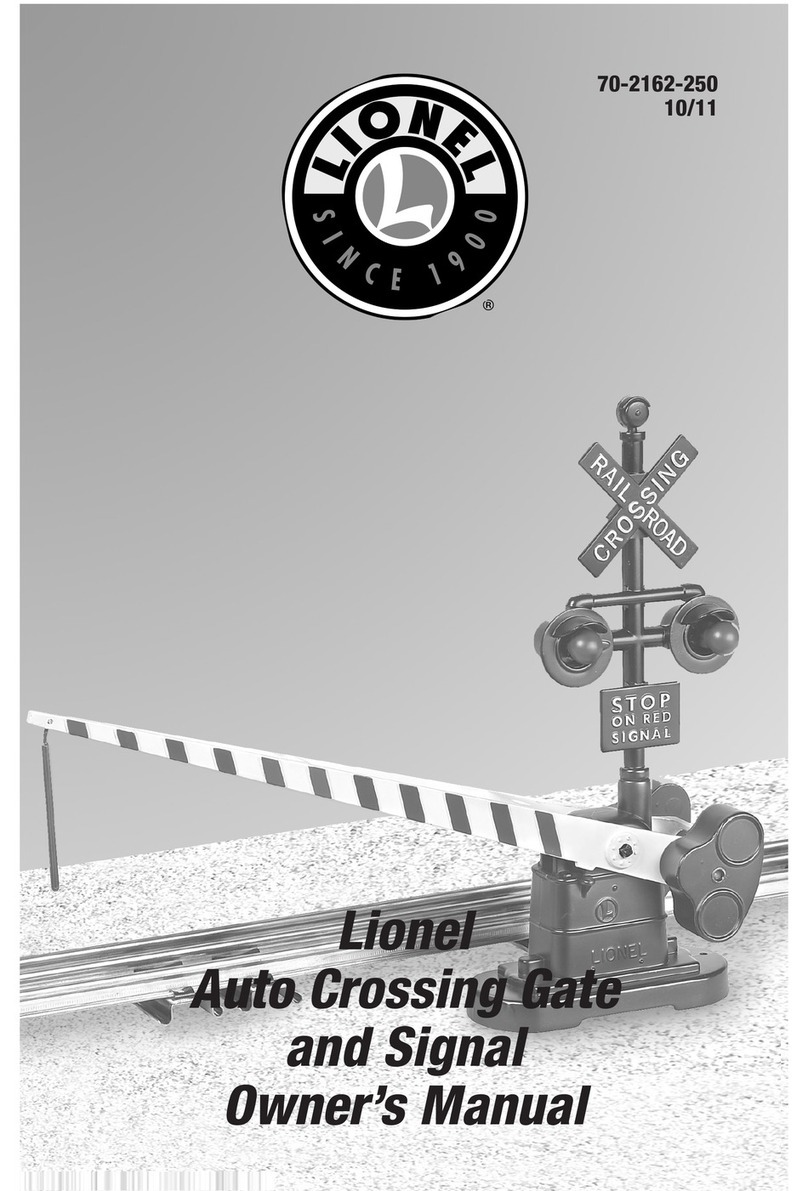
Lionel
Lionel Auto Crossing Gateand Signal User manual

Lionel
Lionel Amusement Park Swing Ride User manual
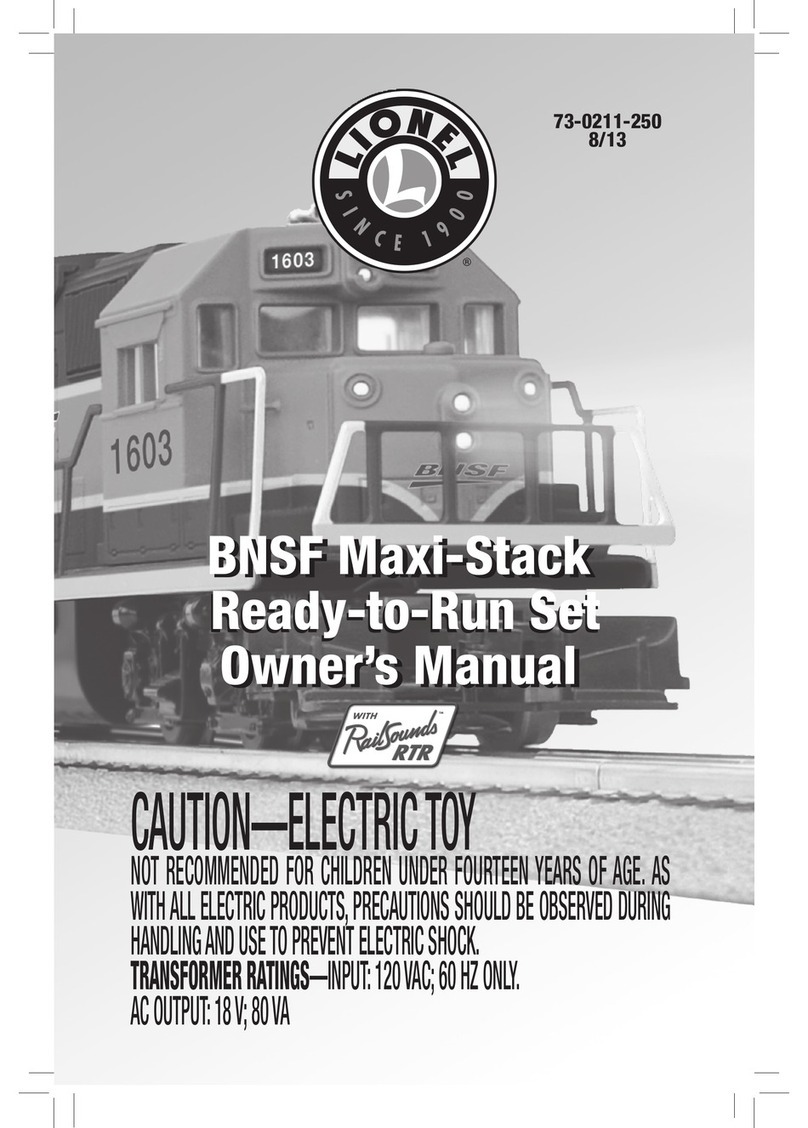
Lionel
Lionel 73-0211-250 BNSF GP38 User manual

Lionel
Lionel 4-8-4 GS-4 Northern User manual

Lionel
Lionel 1563W Wabash Freight Set User manual

Lionel
Lionel 726 Berkshire 2-8-4 steam locomotive User manual

Lionel
Lionel Strasburg Passenger User manual
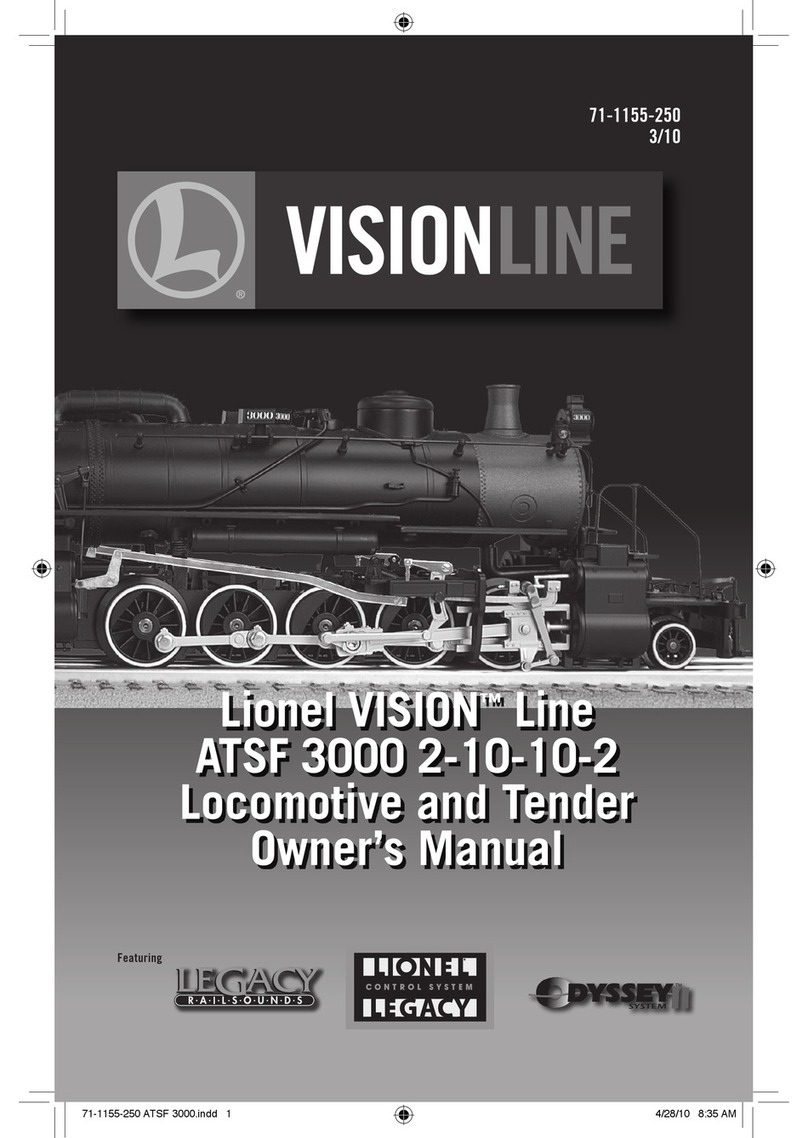
Lionel
Lionel VISION ATSF 3000 2-10-10-2 User manual
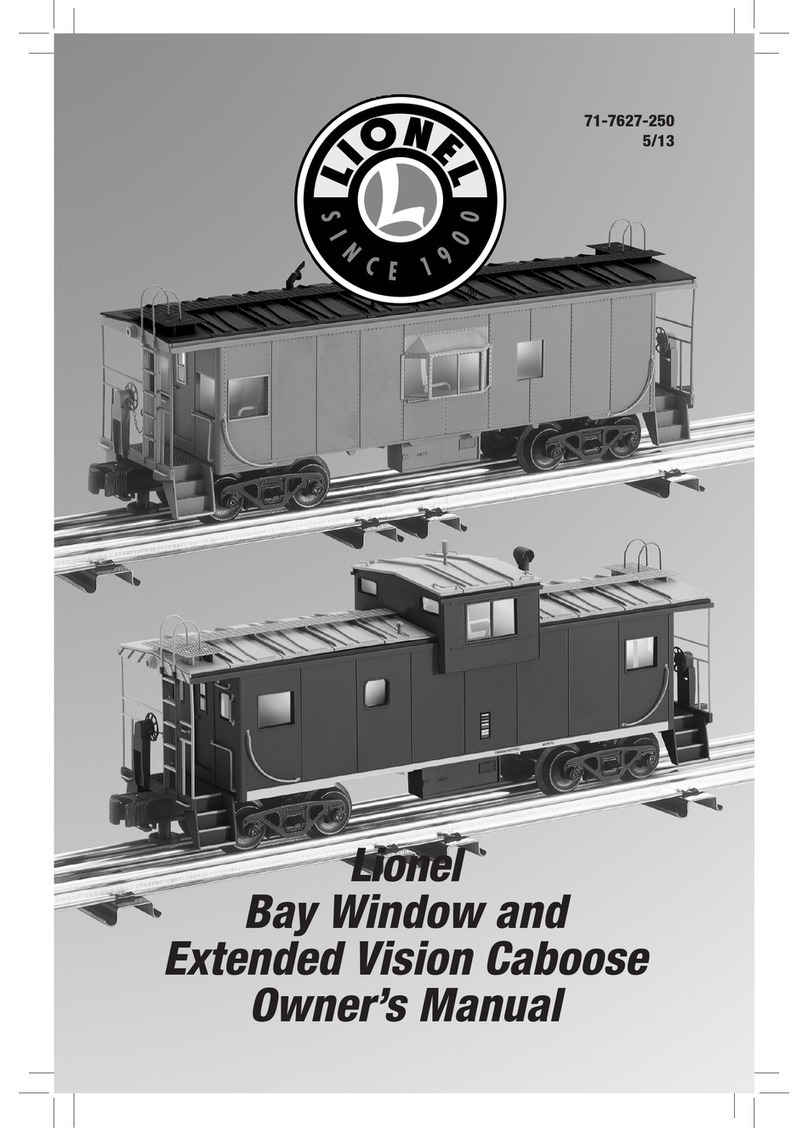
Lionel
Lionel Caboose User manual
Popular Toy manuals by other brands

FUTABA
FUTABA GY470 instruction manual

LEGO
LEGO 41116 manual

Fisher-Price
Fisher-Price ColorMe Flowerz Bouquet Maker P9692 instruction sheet

Little Tikes
Little Tikes LITTLE HANDIWORKER 0920 Assembly instructions

Eduard
Eduard EF-2000 Two-seater exterior Assembly instructions

USA Trains
USA Trains EXTENDED VISION CABOOSE instructions


